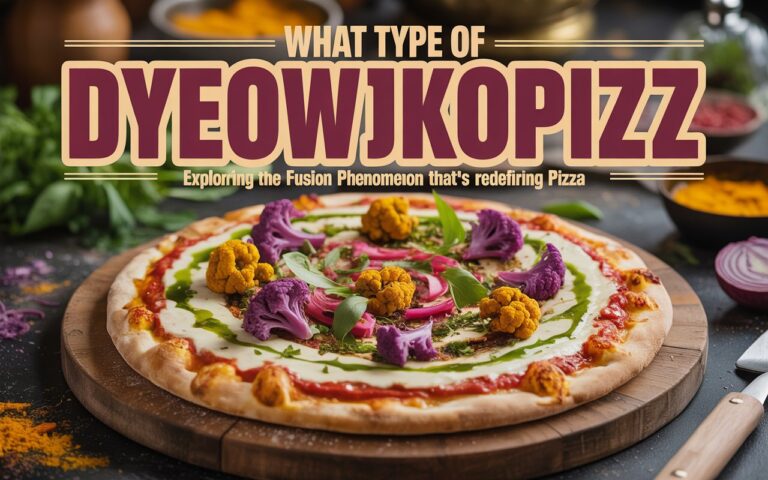
What is Photoacanhante?
Photoacanhante represents a groundbreaking advancement in the realm of modern photography, introducing innovative techniques that redefine image capturing and processing. The term ‘photoacanhante‘ stems from a fusion of light-related phenomena with the essence of annihilation, emphasizing its core principles which revolve around light manipulation. This technique has origins in various scientific disciplines, with its foundations laid in the study of photonics and quantum mechanics, providing a rich backdrop for its applications.
At its core, photoacanhante employs sophisticated methods to alter the way light interacts with subjects, enabling photographers to achieve results that surpass what traditional photography offers. Unlike conventional techniques, which rely primarily on capturing light reflected from surfaces, photoacanhante utilizes controlled light emissions and advanced sensor technologies to capture images with increased detail and depth. This allows for the generation of images that encompass a broader spectrum of light and reveal intricate textures and features often missed by standard photography.
One of the defining characteristics of photoacanhante is its versatility. It can be applied in various domains including fine art, scientific imaging, and even commercial photography, demonstrating its capacity to adapt to different artistic intentions and technical requirements. The scientific principles underlying photoacanhante also facilitate new realms of creativity, granting photographers unprecedented capabilities to manipulate exposure, focus, and color balance. These enhanced controls not only streamline the photographic process but also significantly elevate the quality and artistic value of the captured images.
Furthermore, photoacanhante offers various unique applications, such as long exposure techniques that can capture motion in a fluid and dynamic manner, or employ different wavelengths to reveal details invisible to the naked eye. This revolutionary approach not only distinguishes itself from traditional methods but also opens new avenues for explorative work in photography.
Applications of Photoacanhante
Photoacanhante technology has emerged as a transformative tool across multiple sectors, showcasing its versatility and potential to enhance various practices. One significant area of application is in medical imaging. Utilizing photoacanhante, healthcare professionals can achieve unprecedented clarity and detail in images, aiding in the early detection of diseases and improving diagnostic accuracy. For instance, studies have demonstrated that photoacanhante imaging techniques can visualize cellular structures with remarkable precision, enabling pathologists to make more informed decisions about patient care.
In addition to the medical field, environmental monitoring is another crucial application of photoacanhante. This technology is employed to assess environmental changes and manage resources effectively. By leveraging photoacanhante tools, scientists can monitor vegetation health, track deforestation, and analyze ecosystem dynamics with greater accuracy. A prime example can be seen in a recent project where researchers utilized photoacanhante methods to evaluate water quality in wetlands. The results provided invaluable insights into pollution levels and helped inform conservation efforts.
Moreover, the artistic photography sphere has also embraced photoacanhante technology. Photographers are increasingly using its capabilities to create stunning visual effects and capture intricate details that were previously unattainable. This technology allows for enhanced manipulation of light and shadows, leading to innovative artistic expressions. An example can be found in the work of contemporary artists who integrate photoacanhante into their creative processes, using it to challenge traditional perceptions of reality and to push the boundaries of visual storytelling.
Through its applications in various domains, photoacanhante not only exemplifies its effectiveness but also highlights its potential as a game changer in modern practices. The continuous exploration and integration of this technology promise further advancements that could significantly influence both professional fields and artistic endeavors.

The Benefits of Using Photoacanhante
With advancements in technology, photoacanhante has emerged as a revolutionary technique in the realm of photography, setting itself apart from traditional methods. One of the most significant advantages of photoacanhante is the improved image quality it offers. Unlike conventional photography, which can often be limited by factors like lighting and camera capability, photoacanhante employs a unique process that harnesses light in a more efficient manner. This leads to higher resolution images with greater detail, richer colors, and an overall enhanced quality that is highly sought after by professional photographers.
Efficiency is another critical benefit associated with photoacanhante. Traditional photography often requires extensive setup time and meticulous adjustments to achieve the desired outcomes. In contrast, photoacanhante allows for a more streamlined workflow, enabling photographers to capture images more quickly without compromising on quality. This is particularly advantageous in fast-paced environments where time is of the essence, such as events, commercial shoots, or even wildlife photography.
Cost-effectiveness is yet another compelling reason to adopt photoacanhante. While initial investments in this technology may be significant, the long-term savings can be substantial. The need for less expensive props and fewer retouching sessions can mitigate costs, making it an appealing option for both amateur and professional photographers. Moreover, the innovative capabilities of photoacanhante open new avenues for creative storytelling. This technique encourages photographers to explore unconventional compositions and push creative boundaries, resulting in a fresh perspective on visual narratives.
Ultimately, the transformative benefits of photoacanhante have the potential to alter how we capture and interpret images. As this technique continues to evolve, it may redefine the landscape of photography, paving the way for new artistic expressions and more accessible opportunities for visual storytelling.
Future Trends in Photoacanhante
The evolution of photoacanhante technology has only begun to scratch the surface of its potential. Continuous research and development efforts are being observed within the domain of modern photography, particularly as it intersects with artificial intelligence and machine learning. These advancements are poised to significantly enhance photoacanhante, taking it beyond its current applications into realms previously thought unattainable.
One of the more intriguing prospects is the integration of AI-driven software that could automate the photoacanhante process, enabling photographers to achieve stunning and dynamic effects with minimal manual intervention. This could allow artists to focus more on their creative vision while relying on intelligent algorithms to optimize elements such as exposure, color grading, and composition. The inherent adaptability of AI could enable systems to learn from a photographer’s unique styles and preferences, creating personalized presets that tailor the photoacanhante experience to individual users.
Moreover, as camera technology continues to advance, more sophisticated sensors and imaging capabilities will likely enhance the efficacy of photoacanhante. Emerging trends indicate a movement towards higher resolution sensors and improved low-light performance, which will enable the capture of incredible detail and clarity in diverse shooting conditions. This could open new pathways for professionals and enthusiasts alike, expanding the versatility and creative applications of photoacanhante.
Consumer electronics manufacturers are also exploring compact and portable photoacanhante solutions, thereby making the technology more accessible for everyday users. As this technology becomes more embedded into everyday devices, such as smartphones, it has the potential to democratize the art of photography, allowing anyone with a device to produce professional-grade images.
Therefore, the future of photoacanhante looks promising, characterized by an amalgamation of user-friendly technology, artificial intelligence, and creative possibilities. As innovations continue to unfold, it is imperative for photographers and enthusiasts to stay abreast of these trends to fully embrace the transformative capabilities of photoacanhante in modern imaging.


